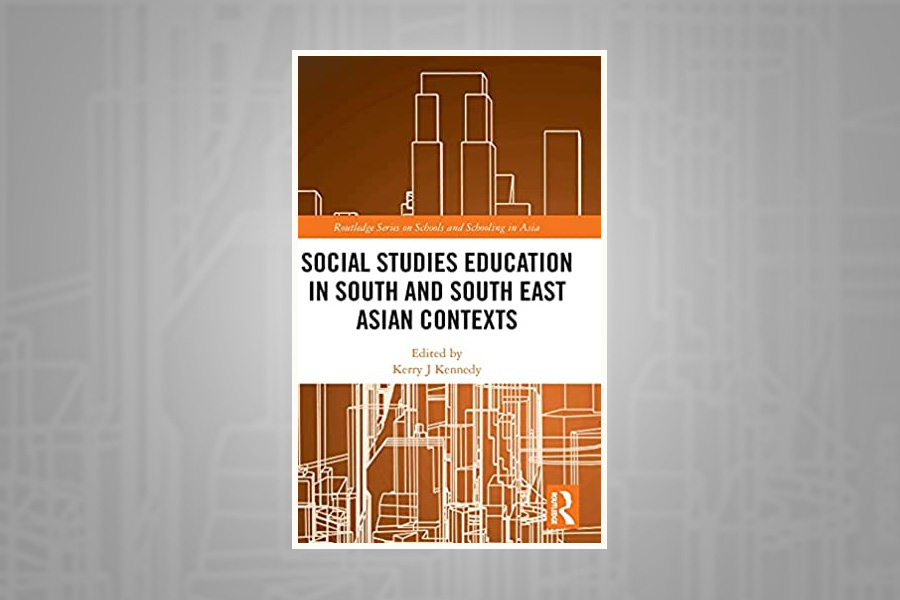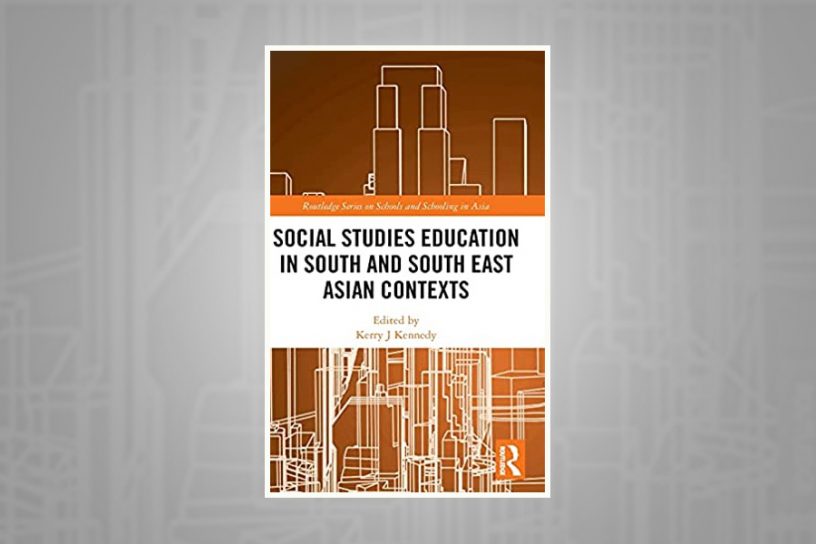
This book chapter provides a case study of one initiative that has sought to achieve the objective of creating a more equal, just and democratic society.
Authors
Mousumi Mukherjee, Associate Professor, International Institute for Higher Education Research & Capacity Building (IIHEd), O.P. Jindal Global University, Sonipat, Haryana, India.
Sahil Jain, Centre for Comparative and Global Education, O.P. Jindal Global University, Sonipat, Haryana, India.
Summary
The social context of education in India is very complex. India is a diverse society with many ethnicities, religious groups, class and caste divisions. The social structures and hierarchies have evolved over several centuries.
Much change has happened over the years since the postcolonial modern Indian constitution that became effective on 26 January 1950 and legally guaranteed justice, equality and liberty to all citizens as a fundamental right.
The constitution laid the foundation in postcolonial India for various government and civil society initiatives designed to create a more equal, just and democratic society. This chapter provides a case study of one initiative that has sought to achieve this objective.
Published in: Social Studies Education in South and South East Asian Contexts, Pages 119 – 130, Routledge
To read the full chapter, please click here.


